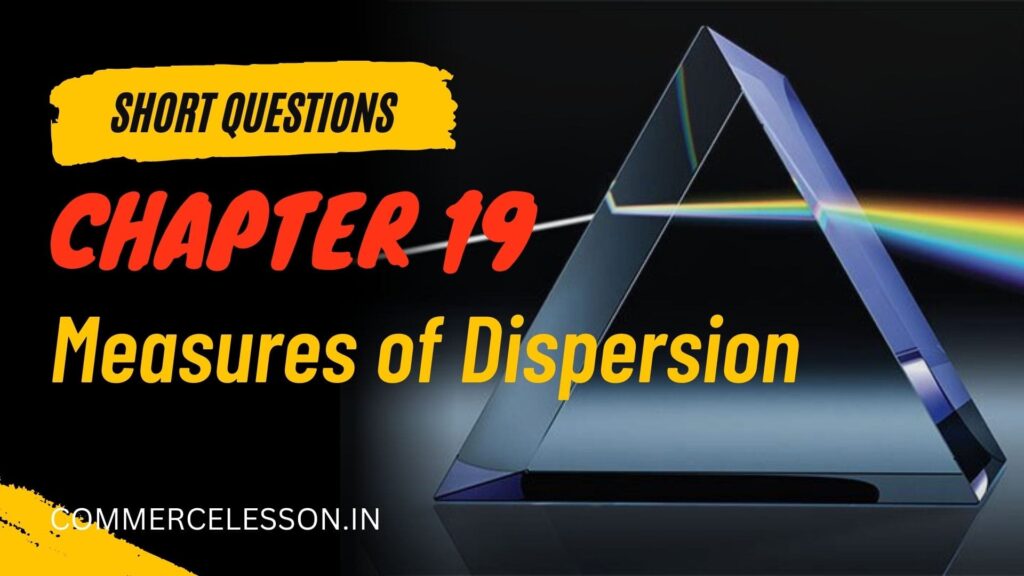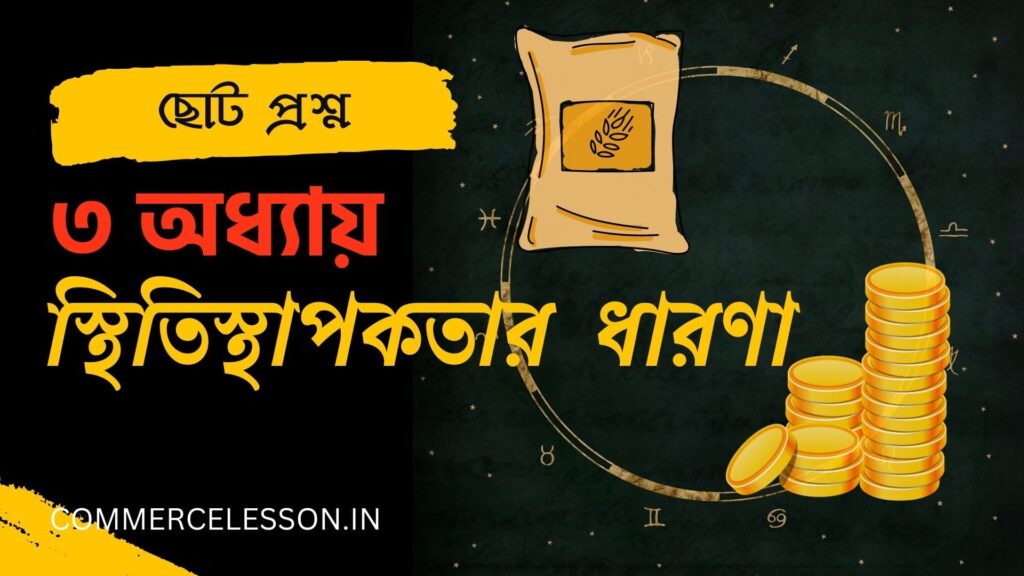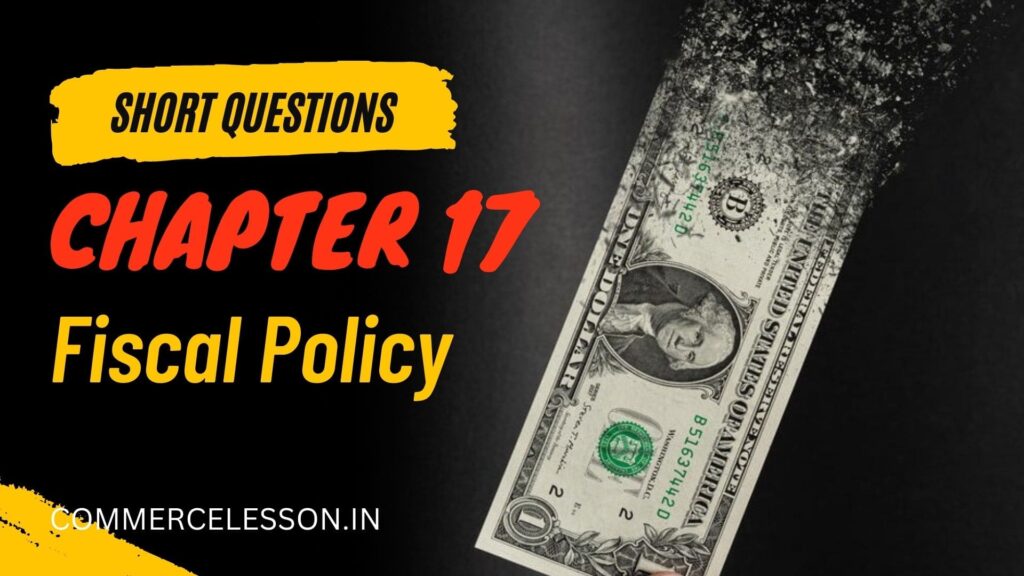Chapter 2 : Demand | Short Questions [2 Marks each]
1. What is demand?
Or, What do you mean by demand for a good? [2018]
Or, What is meant by demand for a good in Economics? [2023]
Answer: At a fixed time and at a fixed price, the amount of commodity the consumer is ready to purchase is called demand.
2. What kind of power is required to transform desire for a commodity into demand? [2022]
Answer: Purchasing power is required to transform desire for a commodity into demand.
3. Mention two factors determining individual demand for a product. [2015, 2022]
Answer: Two factors that determine individual demand for a product are – (i) tastes and preferences of the individual, (ii) income of the individual.
4. Mention two factors affecting market demand for a product.
Answer: Two factors affecting market demand for a product are – (i) number of consumers in the market, (ii) distribution of income.
5. What is normal commodity?
Answer: Normal commodity may be defined as the commodity with which the law of demand can operate.
6. Define inferior good and give examples. [2016, 2018]
Answer: Inferior goods are those goods for which income effect is negative. The demand for such goods decreases when income of the consumer rises and vice versa. For example: When the income of people rises, people buy branded clothes rather than inferior quality clothes.
7. When are two goods said to be complements of each other?
Or, Define Complementary Goods.
Answer: Two goods are said to be complements if they are jointly consumed. For example: tea and sugar are complements of each other.
8. When are two goods said to be substitutes for each other?
Or, Define Substitute Goods.
Answer: Two goods are said to be substitutes for each other if one is taken in place of the other. For example: tea and coffee are substitutes for each other.
9. What is demonstration effect?
Answer: If the consumer purchases the commodity by seeing the purchase of other consumers, it is called the demonstration effect.
10. What is demand schedule?
Answer: A demand schedule is a schedule that lists various quantities of a commodity that an individual consumer wants to purchase at different alternative prices in the market.
11. What is Individual demand schedule?
Answer: The chart showing quantities demanded by an individual at different prices is called an individual demand schedule.
12. How can the market demand schedule be obtained?
Answer: Market demand schedule can be obtained from the summation of the individual demand schedules.
13. State the law of demand. [2016, 2019, 2022]
Answer: Other things remaining constant, the law of demand expresses an inverse relationship between price and quantity demanded of any commodity.
14. State the assumptions of the law of demand.
Answer: Except for the price of the commodity i.e. taste and preference of consumers, income of the consumer, price of related goods, time, etc. all other determinants of demand will be constant.
15. State the law of diminishing marginal utility.
Answer: Other things remaining the same, if a consumer consumes a commodity continuously, the marginal utility from the different units of that commodity decreases continuously. This is called law of diminishing marginal utility.
16. What is price effect?
Answer: The effect on the demand for two commodities due to change in price of one commodity, keeping the price of other commodity and income of the consumer constant is called price effect.
17. What are the two components of the price effect? [2022]
Answer: The two components of the price effect are the Income effect and the Substitution effect.
18. What is income effect?
Answer: Prices of other commodities and money income remaining the same, if the price of any particular commodity falls, the consumer’s real income increases. This is called the income effect.
19. What is substitution effect?
Answer: When price of any particular commodity falls with prices of other related commodities remaining the same, the demand for that commodity increases. This is called the substitution effect.
20. Mention two exceptions to the law of demand. [2017]
Answer: Two exceptions of the law of demand are –
(i) In case of habituated goods, such as cigarette, and alcohol, the law of demand does not work.
(ii) In case of luxury items, such as diamonds, people will buy less if the price drops thinking there is a degrade in quality.
21. What is Veblen effect?
Answer: Sometimes people judge the quality of the product by its price. They think a higher price indicates higher quality goods. So, they will buy more of the commodity when the price rises. This is known as the Veblen effect.
22. What is meant by ‘change in demand’? [2015]
Answer: When demand for any commodity changes due to change in any factor other than its own price, it is called change in demand.
23. What is the distinction between change in quantity demanded and change in demand ?
Answer: Other things remaining constant, change in demand for the commodity due to change in price of that commodity is known as change in quantity demanded.
Price remaining constant, change in demand for the commodity due to change in the other determinants of demand is known as change in demand.
24. What is Giffen good? [2017, 2019]
Or, Define a Giffen good. [2023]
Answer: A Giffen good may be defined as a strongly inferior good for which the negative income effect is stronger than the substitution effect.
25. What is the difference between inferior goods and Giffen goods?
Answer: In case of inferior goods, income effect is negative but price effect can be positive or zero or negative.
Whereas, in case of giffen goods, income effect is negative and price effect is positive.
26. What is the relation between inferior goods and Giffen goods?
Answer: A Giffen good may be defined as a strongly inferior good for which the negative income effect is stronger than the substitution effect. So, all Giffen goods are inferior goods but all inferior goods are not Giffen goods.
27. What is consumer’s surplus?
Answer: Consumer’s surplus is the difference between the individual demand price and the actual price. For example: If a consumer is willing to pay Rs. 50 for a product (i.e. individual demand price Rs. 50) but it is available at an actual price of Rs. 40, then Rs. 10 (50 – 40) is the Consumer’s surplus.
28. What is demand function?
Answer: The functional relation of dependence between the demand for the commodity and the determinants of demand is called demand function. Other things remaining constant, the relation between the price of the commodity (P) and demand for that commodity (D) will be – D = f (P). This is a demand function.
Liked our post?
We are available with lots and lots of commerce-related content.





[…] Demand | Short Questions | Economics | WBCHSE | Higher Secondary | Class 12 […]
[…] Demand | Short Questions | Economics | WBCHSE | Higher Secondary | Class 12 […]